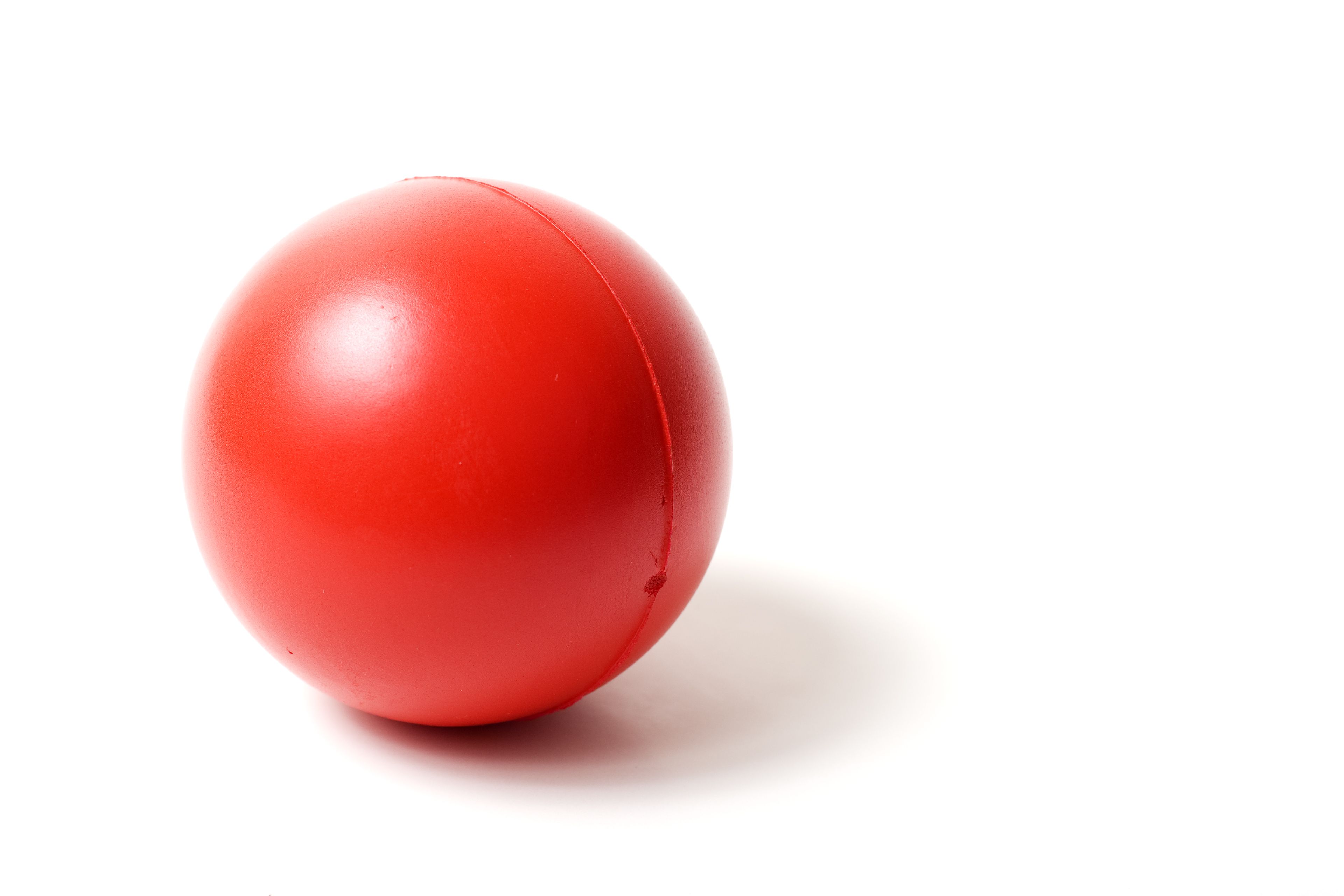If Your Hands Are Cramping All The Damn Time, Try These Grip Exercises
Hauling five bags of groceries requires not just killer arms but also a strong grip. Can’t deal? You might be shortchanging your workouts in addition to your pantry stash. Your ability to lug weights without palm or wrist pain plays a big role in ensuring your sweat sessions are effective enough to get your biceps to pop.
When you’re lifting heavy (think: enough weight to slow you down during the last two or three reps of a set), “having good grip strength will help you focus on proper form and mechanics, which means you’ll be able to push yourself to necessary fatigue levels,” says Kat Ellis, CSCS, coach at The Fort in New York City.
What is grip strength, exactly?
Simply put, grip strength is a measure of how much force or power you can create with your forearm and hand muscles.
Having a strong grip is a good indicator of upper-body and overall strength because you need to be able to hold onto weights in order to increase muscle strength. Weak hand and wrist muscles are super common, though, according to Liana Tobin, CSCS, a personal trainer educator for the National Strength and Conditioning Association. “When you’re doing a workout with challenging weights, grip strength is often the first thing to fail,” she says. “That’s because it involves smaller muscles that tire quickly, and they’re typically trained less frequently.” All the more reason to spend time strength training your hands and forearms if you aren’t already.
Benefits of having a strong grip
Toning those micro muscles is beneficial outside the gym too. Here are five benefit of have a strong grip, according to Ellis.
If you’re not sure whether your grip strength needs work, here are six signs your hand muscles could use some strength training:
Answering yes to any/all of the above is a solid indicator that you could stand to improve your grip strength. The good news: Getting a better handle on the situation isn’t hard.
Grip strength guidelines for beginners: When working with weights to improve your grip strength, start light and increase the load slowly. You don’t want to overdo it and wind up doing more harm than good. “It’s an easily injured area, so go for tension but stop if you feel any pain,” Tobin says.
How To Improve Your Grip Strength At Home
You don’t need dumbbells to work your grip strength. Just grab onto these household items to build a stronger handshake in no time.
 Stress-Ball Squeeze
Stress-Ball Squeeze
Squish a stress ball (a tennis ball works too) with your entire hand for 5 to 10 pulses. Repeat using just thumb and pointer finger. Progress through each finger. Switch hands and repeat sequence.

Grasp an unopened wine bottle or the handle of a cast-iron pan, keeping upper arm by side and elbow bent 90 degrees. Rotate bottle or pan toward your midline, bring it back to center, then rotate in the opposite direction. Do two or three sets of 20 to 30 reps. Switch hands and repeat.

Using two books of the same size (preferably coffee-table books or textbooks), grip one in each hand, arms at sides. Squeeze with fingers for 30 seconds, then relax for 30 seconds. Do three to five sets.
The Best Grip Strength Exercises To Do At The Gym
- Plate Pinch: Select two weight plates of the same size and grasp one in each hand between thumb and fingers, arms by sides. Squeeze plates as hard as possible and hold for one minute. Rest for 30 to 60 seconds. Do two or three sets.
- Farmer Carry: Holding a heavy kettlebell in each hand, arms down by sides, walk forward in a straight line without letting the weights bang against the sides of your legs. Continue for 30 to 60 seconds. Rest for 30 to 60 seconds, then repeat. Do three to five sets.
- Looped-Band Pull-Apart: Loop a resistance band around open hands and hold arms straight out in front of you, palms facing each other. Pull hands a few inches away from each other. Hold for three seconds, then release. Do 5 to 10 reps.
This article originally appeared in the January/February 2020 issue of Women’s Health.
Source: Read Full Article


